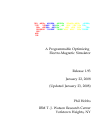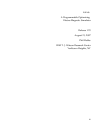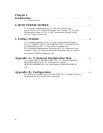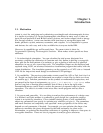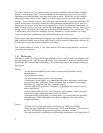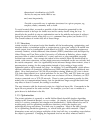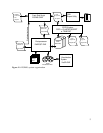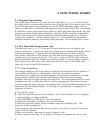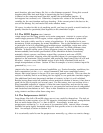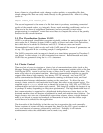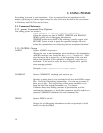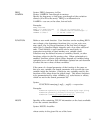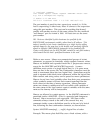Chapter 1.
Introduction
1.1. Motivation
POEMS is a tool for analyzing and synthesizing wavelength-scale electromagnetic devices.
It is similar to existing 3-D vector electromagnetic simulators in many ways; it takes an
input file and produces E and H field values, pictures, and scalar outputs such as energy
flux through surfaces. POEMS can simulate such structures as waveguide tapers and
bends, photonic crystals, antennas, resonators, and couplers. It is competitive in power
and features for such uses, and is also available free to anyone inside IBM.
However, its capabilities go well beyond there. The name POEMS is short for
Programmable Optimizing Electromagnetic Simulator. What makes POEMS special are three
attributes:
1. Its technological orientation. You can calculate the total power dissipated in a
resonator, compute the efficiencies of Gaussian and Airy beams in driving a waveguide
horn, plot the far-field pattern of a scatterer, or give a grating a half-wave of spherical
aberration, in one or two source lines each. The simulation output can be displayed and
explored using VIS5D, an advanced interactive visualization program that comes with the
POEMS distribution. The simulation geometry can be exported as a CATS .ctxt or Autocad
.DXF file for import into mask design or mechanical CAD packages.
2. Its readability. The previous point makes POEMS sound like APL or Perl, but it isn’t at
all. People can easily read and understand one another’s POEMS files (or their own from
six months ago). Function parameters can be symbols or mathematical expressions, and
are passed in the form of assignments, e.g. phase = pi/6 or width = sqrt(area) rather
than as long lists of floating-point numbers that all have to be in the right order.
Parametrized macros can be used to reduce the amount of repeated code for similar
operations. The effect is to make POEMS more like a math program and less like a
simulator.
3. Its power and generality. It is one thing to analyze the performance of a design once
it is finished, and quite another to synthesize a good design for a particular purpose.
POEMS is an optimizing simulator. Given suitable starting points, it will automatically
adjust any parameters you specify to optimize any criterion you give it. The parameters
and merit functions are completely user-specified—many properties of the device may
depend on each parameter, if desired. For example, you can optimize the shape of an
antenna to maximize the power dissipated in the load resistance, for plane wave
illumination, or optimize the aberration coefficients of a grating to improve a free-space to
waveguide transition. There are lots of programs to analyze given structures.
1



